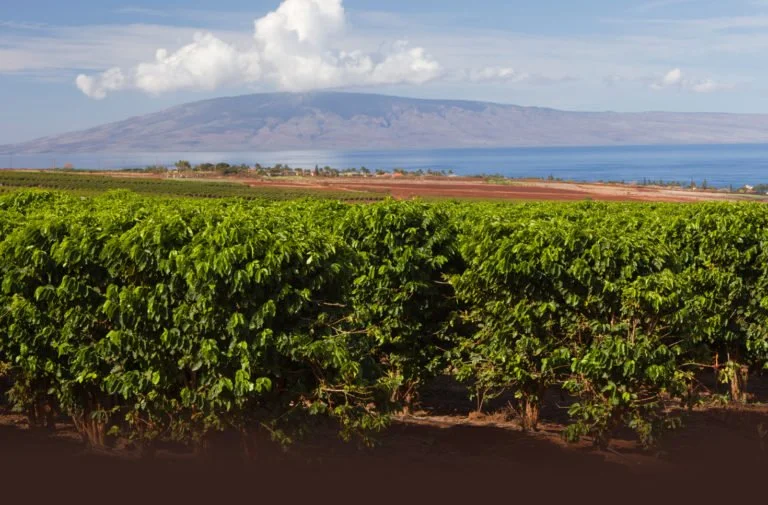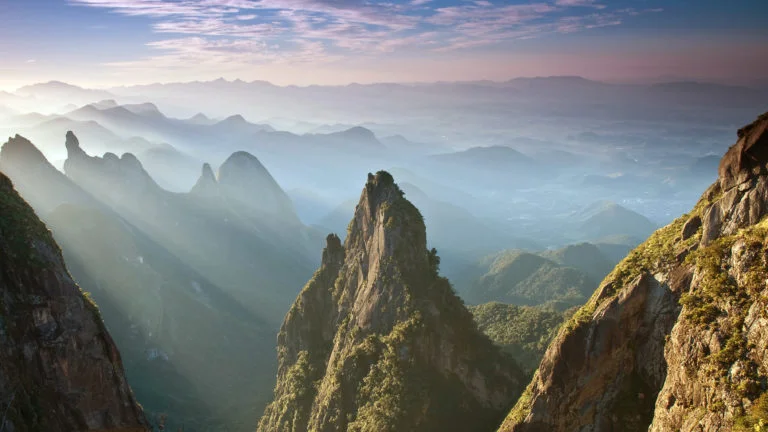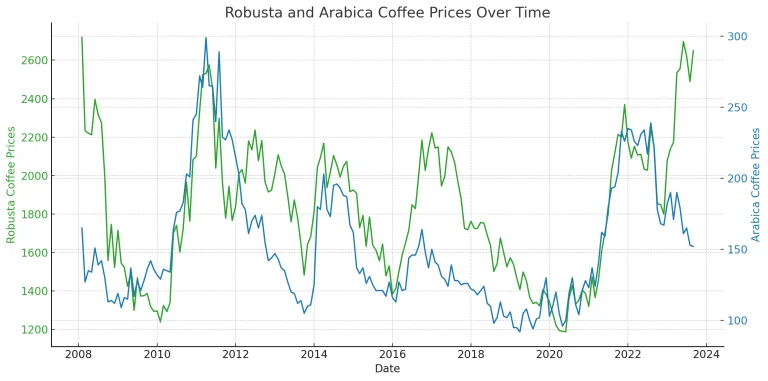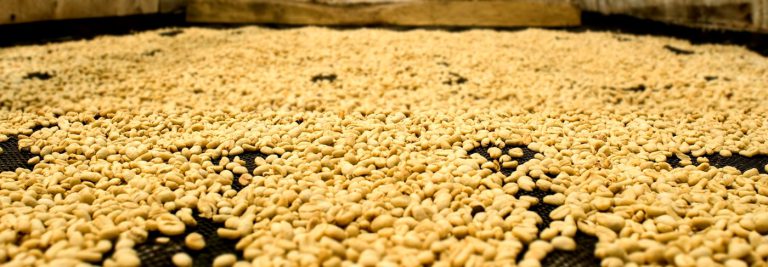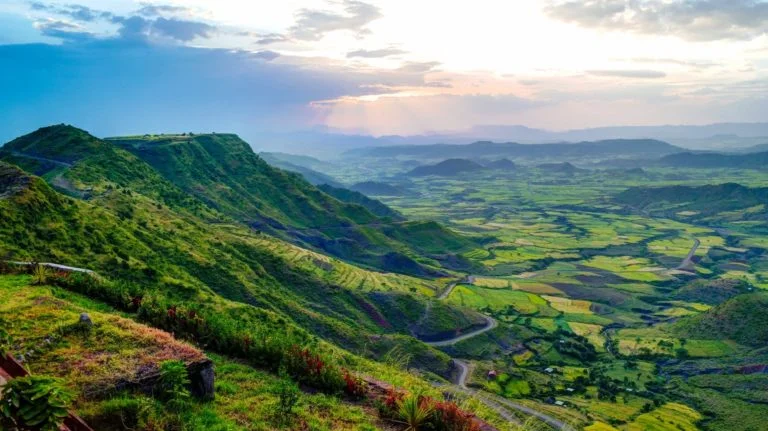What is the Coffee Bean Belt? All You Need to Know About Where Coffee Plants Grow
Billions of people drink coffee every day, but only a coffee enthusiast have some idea about what the Coffee Belt is. Do you?
No, it’s not 2025‘s new fashion trend 😉
If it piqued your curiosity, let me walk you through the complexities of this coffee-rich belt of the world. There’s more to this story than you think.
What is the Coffee Belt and Where to Find It?
The term “Coffee Belt” or “Coffee Bean Belt” is used to describe the parts of the globe where coffee plants grow exceptionally well.
This expanse is located in the tropical zone between 23.5 degrees north (Tropic of Cancer) and 23.5 degrees south (Tropic of Capricorn) of the equator. To get an idea of the width of this belt, it reaches from about 5000 km North to 5000 km South of the equator.
It forms an imaginary loop hugging our planet ❤️, extending from Central America, going all across South America, Africa, Asia, and even reaching as far as Oceania, encompassing 5 continents and about 70 countries.
While not all countries within this belt are major contributors to coffee production, there are approximately 40 nations that truly stand out in bean cultivation, including:
- South America (Brazil, Colombia, Ecuador, and Peru)
- North America (Mexico, Cuba, Guatemala, Nicaragua, and Jamaica)
- Africa (Ethiopia, Kenya, Malawi, Zambia, Rwanda, and Zimbabwe)
- Asia (Thailand, India, Vietnam, Myanmar, and Indonesia)
- Oceania (Australia)
Brazil is the single biggest coffee producer in the world.

The Evolution of The Coffee Bean Belt: From Ethiopia to the World
While Ethiopia is often hailed as the birthplace of coffee due to its wild-growing plants, Yemen played a significant role in bringing commercial cultivation to fruition.
Centuries ago, Arabica beans from Ethiopia made their way to Yemen, where they were cultivated on a larger scale.
Coffee shops began springing up in Yemen and the Middle East, marking the start of widespread harvesting and trading practices.
Over time, the coffee plants found their way into various regions across continents, and farmers began growing them where they could. These collectively form the vast expanse we now call the Coffee Belt.
How The Coffee Belt Works – Conditions That Make It Ideal for Coffee
Coffee plants only grow under specific circumstances, which nature provides only within the coffee belt.
Here are the conditions that bless these coffee-producing regions:
- Tropical temperatures provide an optimal environment that allows arabica or robusta trees to grow to their full potential.
- Rainfalls that are just enough to balance the dry season and keep those trees fresh also lead to better yields.
- Minimal frosts are also important conditions for consistent harvests. Frosts are such big foes to coffee trees that they have a huge impact on the world’s coffee production and prices. Just the news of some frost in the mountains of Brazil can send coffee futures prices into mayhem.
- Topography such as the elevation of the coffee farms is crucial as it dictates the temperatures in which the coffee grows. High-altitude areas that offer temperatures between 21° and 29°C (70° and 85°F) are best for coffee.
- Soil also plays a big part, as rich, fertile lands provide a home to coffee trees. The Pacific Ring of Fire – the region around the Pacific Ocean that boasts 75% of the world’s volcanoes – is a hotbed for exceptional soil quality.
Guatemala, Papua New Guinea, and Peru are some of the nations covered by this advantage. - Few pests to nibble on the growing coffee plants.
All these intertwining factors contribute to the unique flavors found within each cup from different regions and their distinct terroirs across the Coffee Belt.
It might not surprise you to find out that given the regional differences, the coffee beans that come from around the world have tasting notes characteristic of that part of the world.
Here is a map of the coffee bean belt:
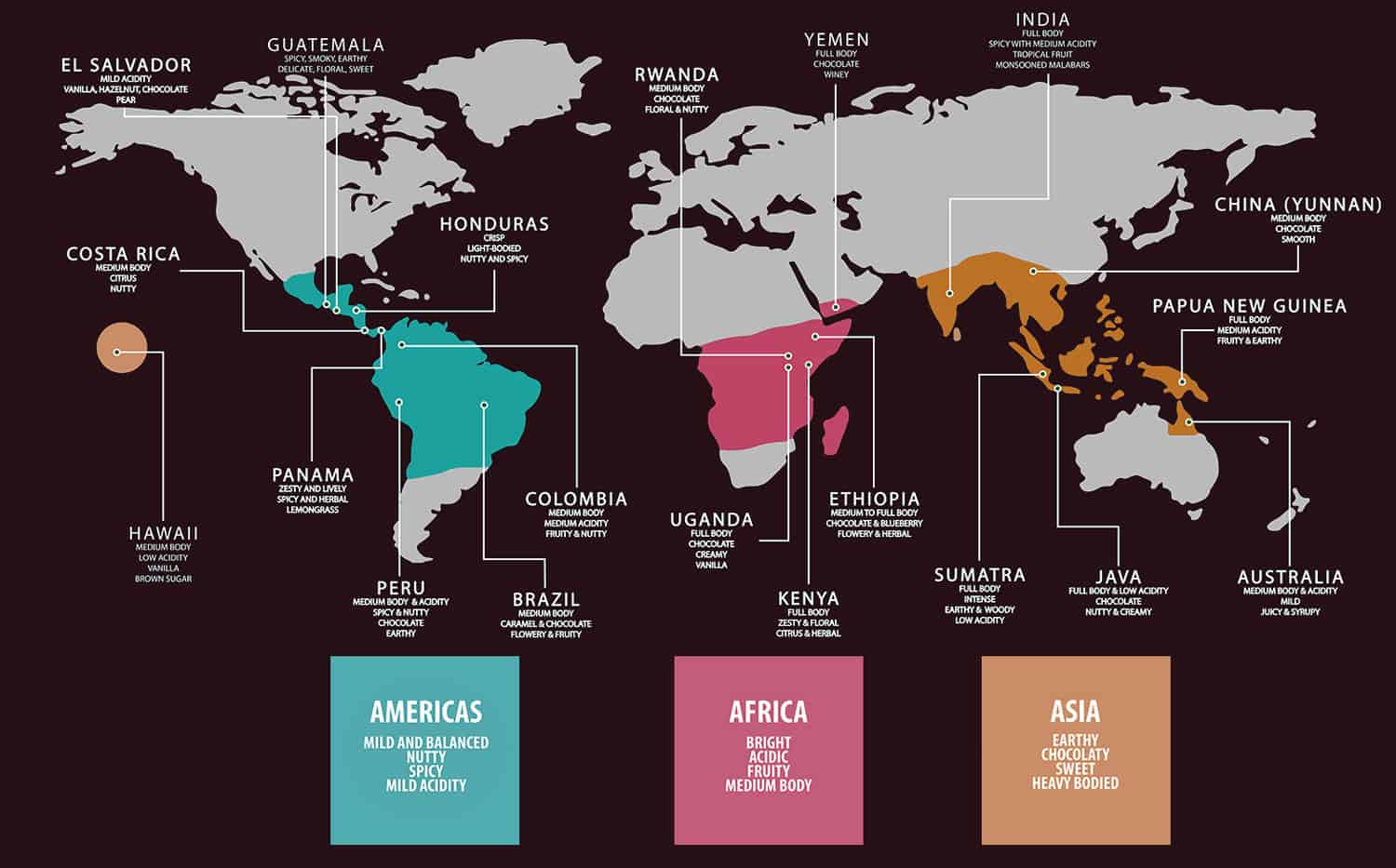
How Arabica & Robusta Grow Within The Coffee Belt
Now let’s talk variety.
As you know, the two main varieties of coffee are Arabica and Robusta. Each has its own distinct qualities:
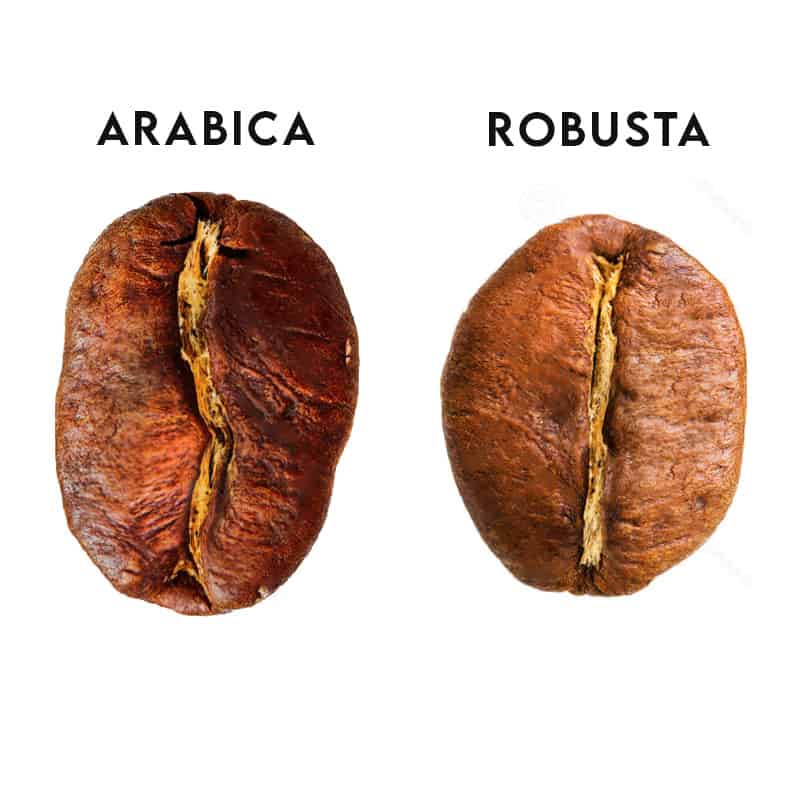
Arabica Coffee
Arabica is known for its premium quality with nuanced flavors and delicate acidity. I’m a big fan of its wide range of flavors, from fruity and floral to having chocolatey undertones.
No wonder it’s the top pick for specialty coffee for us baristas.
To thrive, these beans require particular conditions, including higher altitude and cooler climates which are found in Coffee Belt countries such as Colombia or Ethiopia.
Robusta Coffee
These coffee beans are a bit bolder than their Arabica counterpart. With a stronger caffeine kick and earthier flavors, they play an important role in espresso blends where they add body and crema.
These plants prefer lower altitudes with warmer climates, high humidity and rainfall, perfectly suited for countries like Vietnam.
Does Coffee Grow Outside The Coffee Bean Belt?
Growing coffee plants outside of the Coffee Belt is feasible, but it’s not really practical on a larger scale.
As you now know, coffee plants need certain environmental elements for growth, such as:
- mild tropic temperatures
- higher humidity levels
- rich soil
- altitude variations
These elements ensure that coffee is grown to its full potential, and they come together seamlessly within the specific latitudes of the Coffee Belt.
Replicating the unique conditions presented by this region in other places is just a challenge not worth taking.
So if you want to open a coffee farm, you should move to a coffee belt country. This is actually not unheard of, László Bányai moved from Hungary to Costa Rica to open a coffee plantation.
What about climate change?
Will climate change have any effect on the coffee bean belt? Temperatures have already started rising, and rainfall is lower than it was a few decades ago. This gives way to pests and plant diseases.
Some scientists are saying that by 2050, half of the land used for growing coffee will not be usable for this purpose anymore due to climate change. They are hard at work in developing new varietals that are more resistant, so just maybe, we’ll still have coffee 100 years from now.
Some scientists are saying that by 2050, half of the land used for growing coffee will not be usable for this purpose anymore due to climate change.
BigCupOfCoffee.com
In Summary
After reading the above, you now know that the Coffee Belt refers to that loop around the Earth that serves as the source of our favorite caffeinated drink. Here is where you’ll find the ideal conditions for coffee to thrive.
I’ve always found it fascinating to think about the journey of these delicious beans, starting from the soil of these coffee-growing nations to my cup at home. But that’s just the musing of a coffee nerd 🙂
Are you within or have traveled to the Coffee Belt? Let me know your thoughts and experiences about this region.

